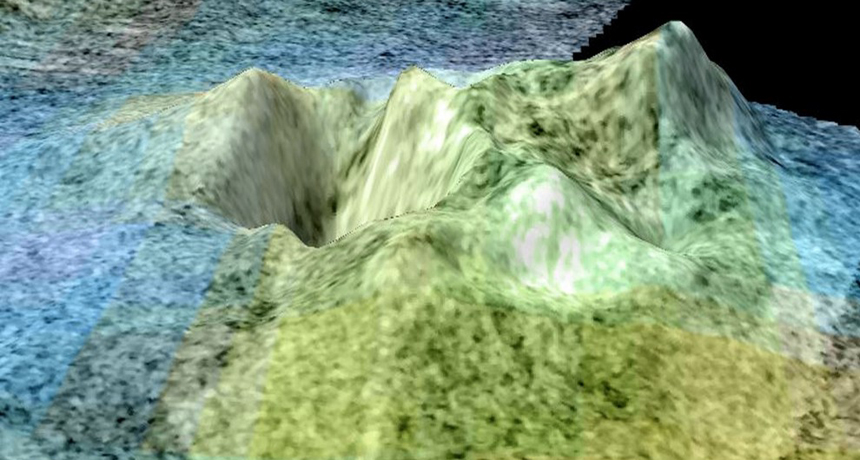
ODD EJECTIONS A cryovolcano is an ice volcano that erupts slurries of volatile compounds such as water or methane instead of lava.
USGS Astrogeology Science Center

ODD EJECTIONS A cryovolcano is an ice volcano that erupts slurries of volatile compounds such as water or methane instead of lava.
USGS Astrogeology Science Center